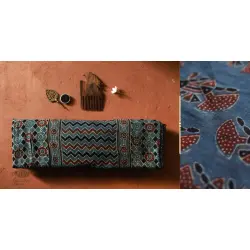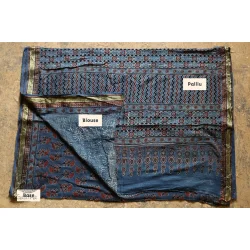Made & Mkt by: KAISORI
Product Code: 3725-KS21-KAIKOTA002-35
One of the finest Indian hand woven textiles is traditional Kota Doria, this almost weightless textile is very popular for its gossamer feel, sheerness and corded texture. It is woven in few villages of Kota, Bundi and Baran districts of Rajasthan. It is believed that in 18th century Maharao Bhim Si..
Rs.5,899.94
Made & Mkt by: Studio Malang
Product Code: 2405-24DEC21-22
The stunning Gotta Patti work on the ethnic wear of the Rajasthani womenfolk is a spectacular embroidery involving an array of techniques. This process of fabric ornamentation involves applique work with small cut pieces of golden lace. Traditionally done on dresses, dupattas, sarees, ghagras and ev..
Rs.5,500.11
Made & Mkt by: Kalava Crafts
Product Code: 4031-SLK20-13
One of the finest Indian hand woven textiles is traditional Kota Doria, this almost weightless textile is very popular for its gossamer feel, sheerness and corded texture. It is woven in few villages of Kota, Bundi and Baran districts of Rajasthan. It is believed that in 18th century Maharao Bhim Si..
Rs.2,469.88
Made & Mkt by: Kalava Crafts
Product Code: 4031-SLK20-08
Shibori ~ Shibori is a Japanese counterpart for Indian traditional Tie n Dye Technique practised in Rajasthan & Gujarat in India & many other Asian countries. The basic principle behind the art is creating a resist in the fabric before dyeing, by means of folding, twisting, scrunching a..
Rs.2,469.88
Made & Mkt by: Kalava Crafts
Product Code: 4031-SLK20-05
Shibori ~ Shibori is a Japanese counterpart for Indian traditional Tie n Dye Technique practised in Rajasthan & Gujarat in India & many other Asian countries. The basic principle behind the art is creating a resist in the fabric before dyeing, by means of folding, twisting, scrunching a..
Rs.2,469.88
Made & Mkt by: Kalava Crafts
Product Code: 4031-SLK20-01
Shibori ~ Shibori is a Japanese counterpart for Indian traditional Tie n Dye Technique practised in Rajasthan & Gujarat in India & many other Asian countries. The basic principle behind the art is creating a resist in the fabric before dyeing, by means of folding, twisting, scrunching a..
Rs.2,469.88





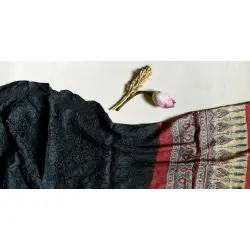
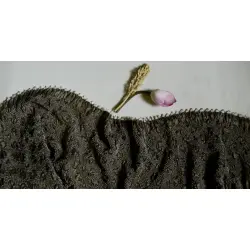
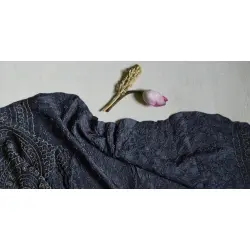
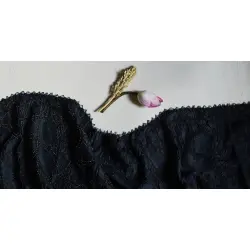
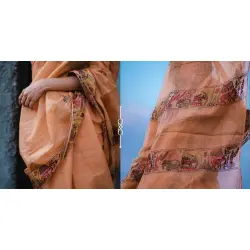
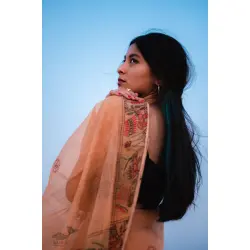
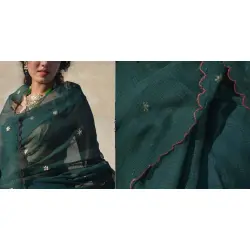
-250x250h.webp)
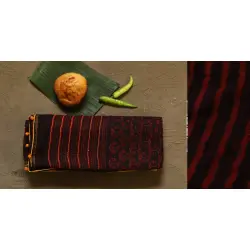
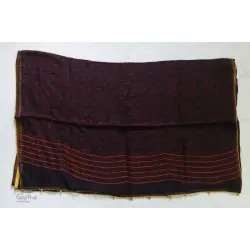
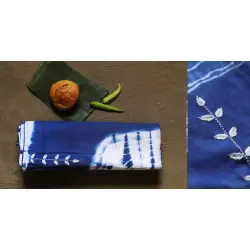
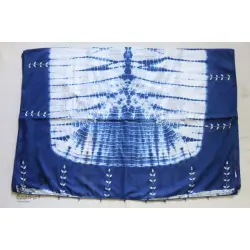
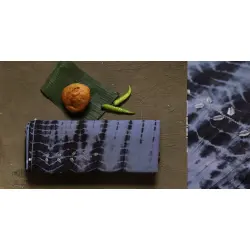
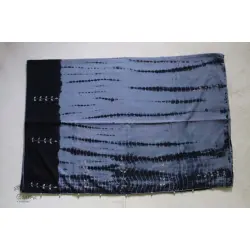
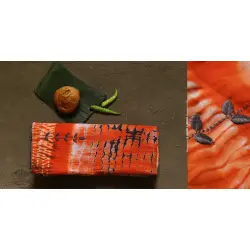
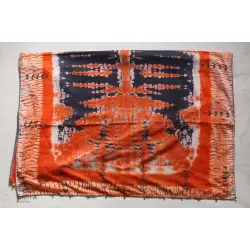
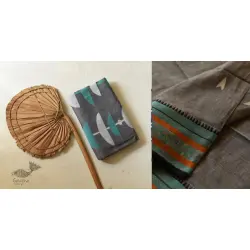
-250x250w.webp)
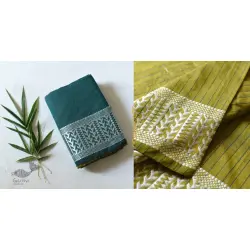
-250x250w.webp)
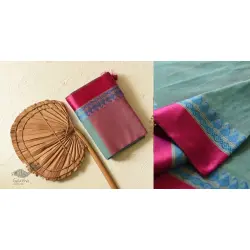
-250x250w.webp)
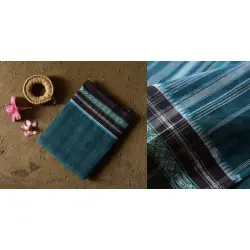
-250x250w.webp)

-250x250w.webp)
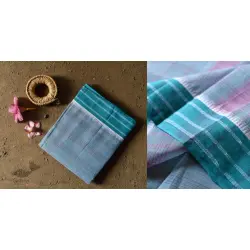
-250x250w.webp)

-250x250w.webp)
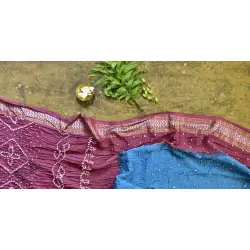
-250x250w.webp)
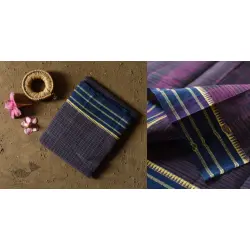
-250x250w.webp)
